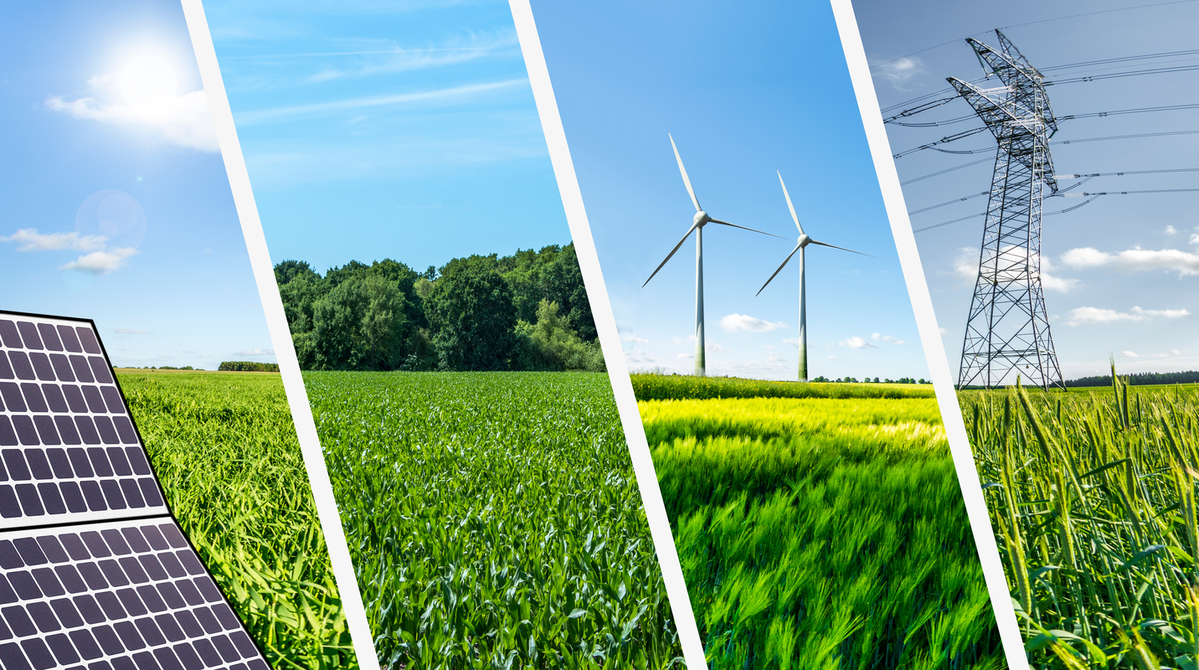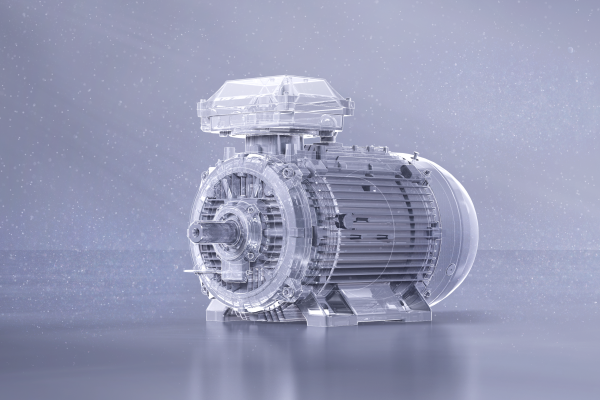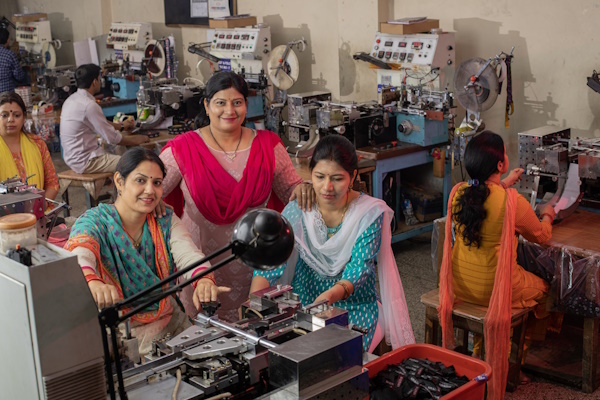Net Zero success demands a diverse energy technology portfolio
Sponsored by ABBThere’s no single solution for sustainable power generation and storage. Instead, we must use the best technologies from a range of options to create an effective balance.

Four in every ten lumps of coal go towards powering industry. The same is true for natural gas and electricity generation as a whole – 42 per cent of global production is spent keeping industry running. The energy sector is already under pressure to reach Net Zero emissions by 2050 and there are new pressures for the sector to achieve energy independence, stability and security of supply.
We all depend on industry, so we must find new, sustainable ways to power it. I believe that power generation and energy-dense, low-carbon fuels are particularly exciting. Some solutions will build upon well-established existing approaches, while others are still getting started. Here are three technologies that are key to achieving Net Zero.
Bioenergy – a primary renewable
Bioenergy – renewable energy derived from biomass – is currently the world’s most common and well-used forms of renewable energy. Biomass comprises renewable organic by-products from sustainably-supplied sources such as dried vegetation, agricultural crops and wood products. These are converted into solid, liquid and gaseous fuels that are used in transportation and electricity generation in power plants.
Although bioenergy generally costs more to produce than wind and solar, its well-documented benefits help offset its higher cost. For example, it boosts grid reliability and helps societies to deal with waste, enabling energy to be generated from by-products from several different industries.
I believe that the higher relative production cost of bioenergy compared with wind and solar underlines the need for cost-effective production equipment. This is where ABB’s portfolio of large, efficient motors and generators can make an important contribution – our equipment offers a low total cost of ownership and a long lifetime.
Green hydrogen
Hydrogen, which releases no greenhouse gas (GHG) emissions when burned, is a promising energy carrier. There are many different ways to produce hydrogen. The challenge is that the most common form of hydrogen, known as “grey hydrogen,” comes from fossil fuels such as coal and natural gas. This hydrogen is anything but green – its production releases 830 megatons of CO2 emissions annually.
“Green hydrogen” is fundamental to accelerating industrial decarbonisation, with demand expected to increase tenfold by 2050. This could serve 18 per cent of the world’s total energy demand and we have the technology available today to make it happen – including efficient electric motors, which are essential to the value chain.
Helping Kaishan Group optimise always-available geothermal power
Geothermal power is electricity produced from thermal energy deep within the Earth. It is a great power source to mitigate global warming because it is sustainable, reliable and highly scalable. Unlike many other renewables, which depend on weather conditions, geothermal power is always available.
Temperatures of 10-15⁰C about 10 metres below the Earth’s crust remain relatively constant year-round. Structures such as buildings, parking lots and sidewalks can be heated by geothermal heat pumps. As a source of renewable energy for both power and heating, geothermal power has the potential to meet 3 to 5 per cent of global demand by 2050.
ABB is working with Kaishan Group, a China-based manufacturer of diversified industrial machines, to produce geothermal energy in Indonesia.The country’s unique location in a volcanic region makes it one of the most important players in the geothermal industry. Using our generators provides an efficient solution that will reduce the country’s local annual carbon emission by approximately 1,310 tonnes – equal to the electricity use of 255 homes.
Stepping closer to Net Zero
Transitioning to a greener, decarbonised future requires advances across a range of technologies. There is no single solution, and the three approaches outlined here are only a part of a bigger picture. Industry must collaborate with partners who offer effective solutions and are willing to invest in innovating, to eliminate carbon-intensive fuels and switch to clean, renewable power. Together, we can achieve Net Zero.
To find out more please visit: www.energyefficiencymovement.com
By Heikki Vepsäläinen, Division President, Large Motors and Generators, ABB Motion

Business Reporter Team
You may also like
Most Viewed
Winston House, 3rd Floor, Units 306-309, 2-4 Dollis Park, London, N3 1HF
23-29 Hendon Lane, London, N3 1RT
020 8349 4363
© 2025, Lyonsdown Limited. Business Reporter® is a registered trademark of Lyonsdown Ltd. VAT registration number: 830519543



